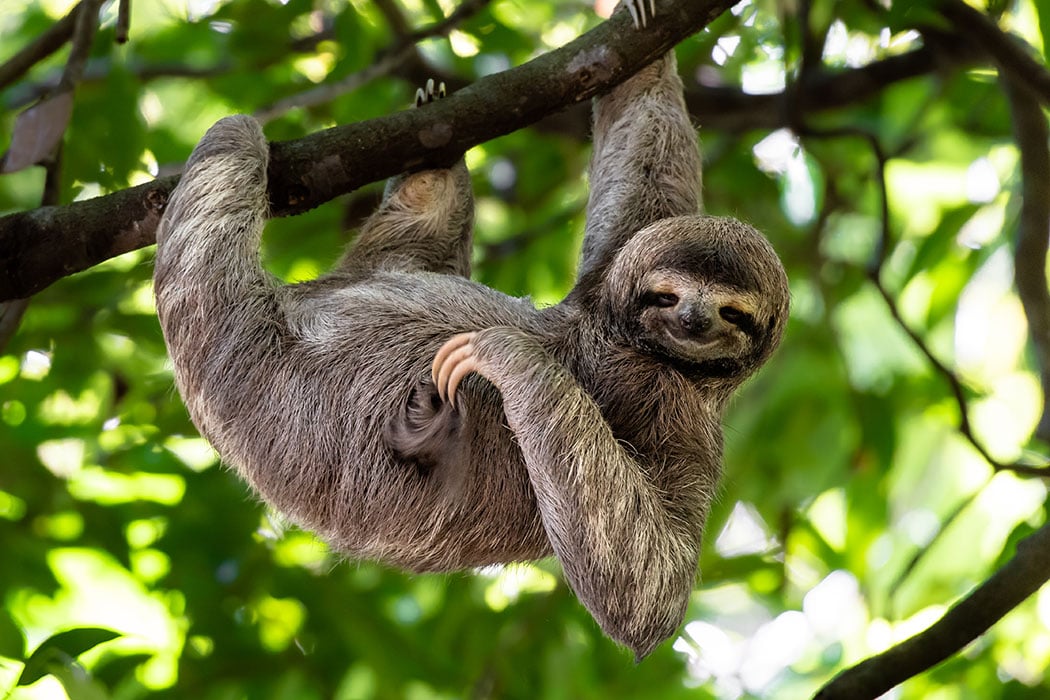These are the creatures I had decided to work with..
B for big
B for blue whale
The blue whale is the biggest creature ever to have lived on the earth.
A blue whale's heart is as big as a small car.
C for camouflage
C for chameleon
Chameleons can camouflage themselves by changing the colour and pattern of their skin.
Their sticky tongue can be 1.5 to 2 times longer than their body which they use for catching insects.
S for slow
S for sloth
The three-toed sloth is the slowest mammal on earth with an average speed if 4.8 km/h.
It is so lazy that algae grows on its furry coat.
Unfortunately, these species have nothing to do with "backyard biodiversity". If I have to make fillers using animals and alphabets, the species have to be those that can be found in an urban environment.
The idea is to make the children understand that they don't need to visit a zoo to observe biodiversity. They can do the same by interacting with creatures in spaces that they can easily access at any time.
B for big
B for blue whale
The blue whale is the biggest creature ever to have lived on the earth.
A blue whale's heart is as big as a small car.
C for camouflage
C for chameleon
Chameleons can camouflage themselves by changing the colour and pattern of their skin.
Their sticky tongue can be 1.5 to 2 times longer than their body which they use for catching insects.
S for slow
S for sloth
The three-toed sloth is the slowest mammal on earth with an average speed if 4.8 km/h.
It is so lazy that algae grows on its furry coat.
Unfortunately, these species have nothing to do with "backyard biodiversity". If I have to make fillers using animals and alphabets, the species have to be those that can be found in an urban environment.
The idea is to make the children understand that they don't need to visit a zoo to observe biodiversity. They can do the same by interacting with creatures in spaces that they can easily access at any time.




No comments:
Post a Comment